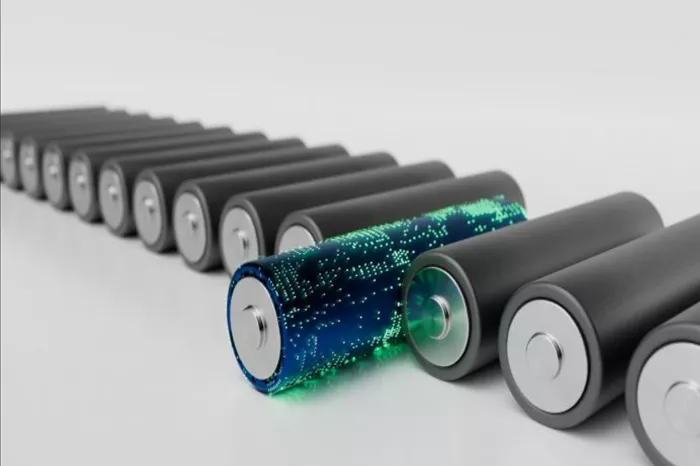Global demand for lithium-ion batteries is set to soar from 700 gigawatt-hours in 2022 to 4.7 terawatt-hours by 2030, according to McKinsey & Company. This surge is driven by the growing use of batteries in electric vehicles, home appliances, drones, energy storage systems, and many other applications. However, there’s a hidden issue that has not yet been resolved: the harmful chemicals used in these batteries.
In addition to rare earth materials in electric vehicle (EV) batteries and traction motors, many of these components contain dangerous chemicals called PFAS (per- and polyfluoroalkyl substances). PFAS are found in a wide range of products, from clothing to non-stick cookware, according to the National Resources Defense Council. These chemicals do not break down in the environment and can enter the human body through food and water, earning them the nickname “forever chemicals.”
Related topics:
- Global Battery Storage Market Set to Surge as Renewable Energy Grows
- Porsche Revolutionizes EV Technology with Single-Component Battery Platform
- TotalEnergies Announces €160M Investment in Six New Battery Storage Projects

